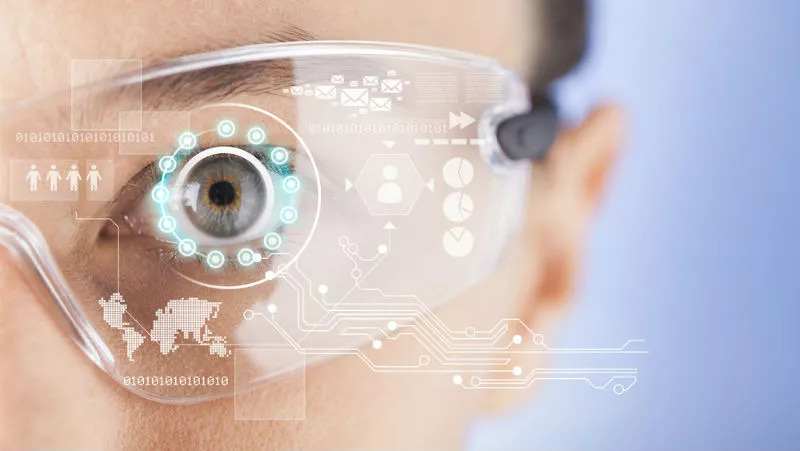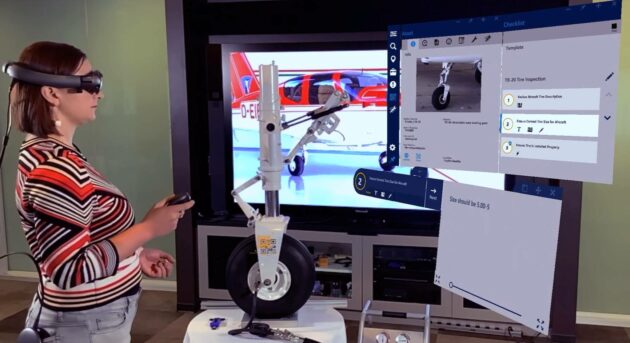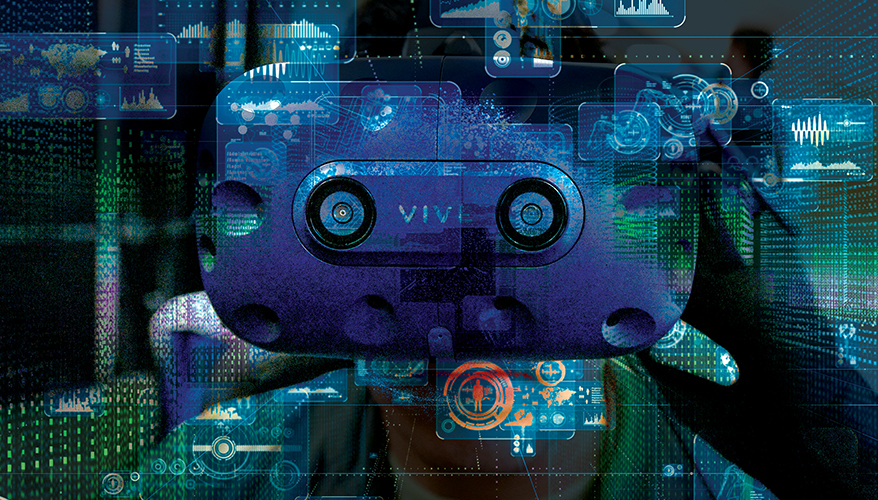Industry is starting to recognise the critical role of augmented reality
The speed at which technological innovation is occurring has never been as fast paced as it is today. We can appreciate this now more than ever in both our personal and professional lives. Take, for instance, the rapid advancements in smartphone technology over the past few years and the way in which people now have access to increasingly vast amounts of computing power in such a compact form. Even cars and homes are now ‘smart’, with both connectivity and automation in place to make our lives as easy as possible.
Innovation though has never been as important as it is in 2020. Born out of necessity due to the global pandemic, we are now completely reliant on technology in order to communicate with friends, family and colleagues safely. Thanks to innovation – and the admirable resilience of the cloud – many more of us have been able to work and learn remotely. Gone are the days where the majority of the workforce are required to be physically present in an office or travel on a whim. In a move triggered by the pandemic, many more of us are now accessing all of the tools and online resources we need to do our jobs at home. This has benefited both employers and employees alike, resulting in a boost in productivity, as time is not wasted commuting to a physical office.
Across industrial work environments, notable advancements in technological innovation are taking place too. ‘Industry 4.0’ has been a broad catalyst in bringing about an industrial digital revolution, and a driver for companies to accelerate their digital transformation plans. There are numerous considerations to reflect on when looking at trends in Industry 4.0; ensuring that workers themselves can benefit from future-proof technology to not only do their job better, but also to be safer, is imperative. Wearable computing has now bridged that gap.
- Here’s our list of the best business VR systems right now
- Check out our list of the best collaboration tools available
- We’ve built a list of the best video conferencing software around
Augmented Reality (AR) and wearables may still seem like buzzwords to most people, but there has been a shift from hype to reality for those using the technology. Industry is starting to recognise the critical role of this technology in their digital transformation strategies as well as the advantages of this technology; from training and simulation, to leveraging AR for workers in Oil & Gas to working offshore. In these scenarios, wearables ensure that users can maintain full situational awareness. This is a quality that is essential in potentially hazardous work environments, where technology needs to be hands-free and not obstructive in any way.
Quelle:
Image credit: Shutterstock




